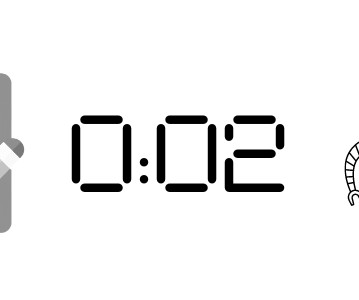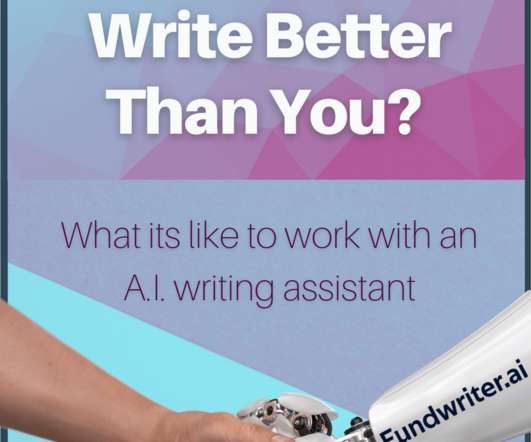GTD Meets GPT: How to Adopt The AI 2-minute Rule
Whole Whale
MAY 24, 2023
Allen’s GTD methodology is based on the idea that our brains are not designed to store information. Reflect : Once a week, take some time to reflect on your progress and make any necessary adjustments to your system. Instead, we should capture all of our tasks and ideas in a system, and then process them at a later time.























Let's personalize your content